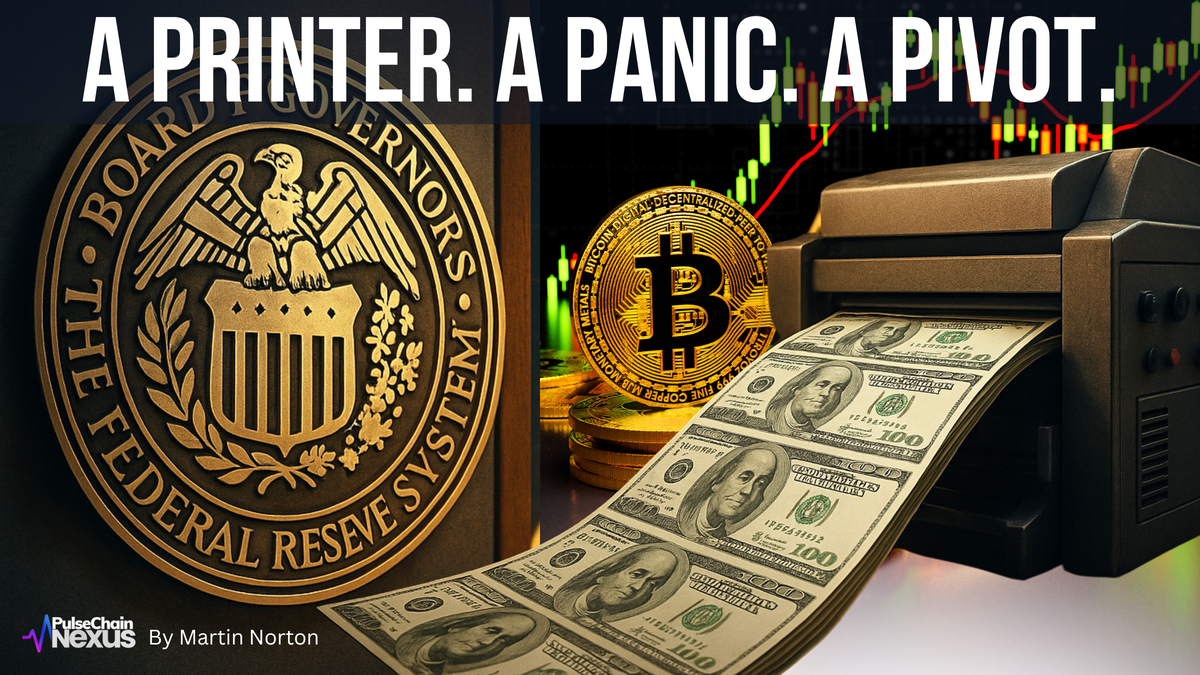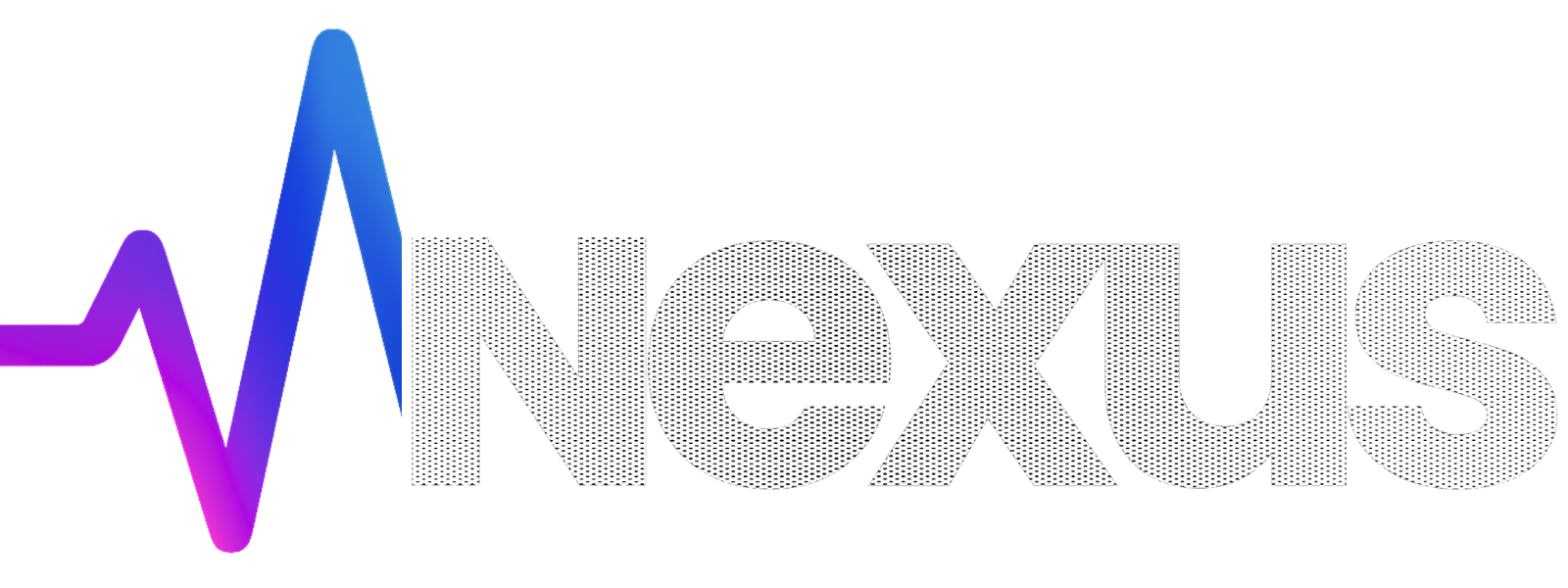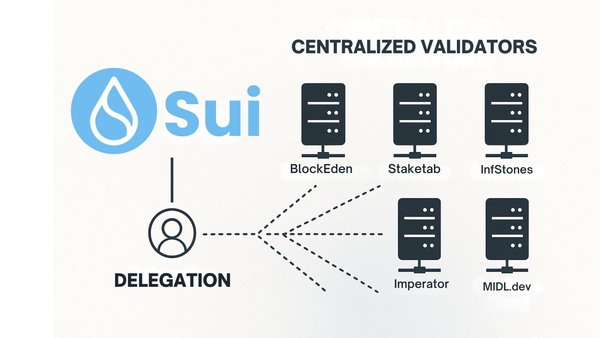A Printer, a Panic, and a Pivot: Why the Fed Has No Choice but to Return to Stimulus
The global M2 money supply is showing signs of expansion again. But the U.S. isn’t leading—it’s lagging. And that lag is critical. It tells us that the Fed is still waiting—not out of confidence, but because it's buying time.

Despite the surface-level resolve of central banks, the underlying financial structure tells a different story—one of fragility disguised as control. Many believe the Federal Reserve is committed to tight policy for the foreseeable future. But belief, in economics as in markets, often trails reality.
The Bond Market’s Silent Scream
Bond markets are the foundation of the global financial system. They’re also its most sensitive alarm bell. And right now, the bell is beginning to ring. Long-duration yields have become increasingly volatile, hinting at stress beneath the surface—stress that central banks can only hold back for so long.
In recent months, China has quietly reignited stimulus. Europe, despite the posturing, has resumed its own form of balance sheet expansion. But the Fed remains the fulcrum. It is the one institution large enough—and systemically central enough—to truly set the global tide.
Liquidity Is Already Creeping In
The global M2 money supply is showing signs of expansion again. But the U.S. isn’t leading—it’s lagging. And that lag is critical. It tells us that the Fed is still waiting—not out of confidence, but because it's buying time.
What are they waiting for? Economic deterioration. Market instability. Political pressure. The moment those conditions tip far enough, the response will be swift and sizable. They will call it “targeted,” “temporary,” or “data-driven”—but make no mistake, it will be stimulus.
Crypto: The Final Beneficiary of the Tide
It’s important to understand the sequence: when liquidity returns, it doesn’t immediately flow into Bitcoin or altcoins. It begins with credit easing, then equity markets rally. Bitcoin follows as a hedge, then a momentum trade. Finally, once confidence peaks, capital begins chasing returns into broader digital assets.
That’s your signal—not a headline, not a press release. Watch how capital moves, not what the Fed says. The smart money enters before the narrative shifts.
The Real Danger Is Delay
Critics may argue that deflationary forces could dominate—that tighter policy might persist through a bond market collapse. But this misunderstands the nature of central banking today. Policymakers do not fear inflation as much as they fear disorder. A disorderly bond unwind threatens pensions, banks, and sovereign stability. In such a scenario, tightening becomes untenable.
This is why the idea of “not printing” is largely academic. In practice, the Fed doesn’t have that luxury. It may not want to reflate—but when pushed, it will. Because the alternative is systemic risk.
Positioning Ahead of the Pivot
The debate isn’t whether stimulus will return. It’s who’s positioned before it arrives. That is the real differentiator. Scarce, hard assets—particularly those immune to manipulation or seizure—stand to benefit most. This includes gold, and crucially, decentralized digital assets.
In the end, this isn’t about panic. It’s about recognizing a cycle that has played out time and again:
A printer. A panic. A pivot.





